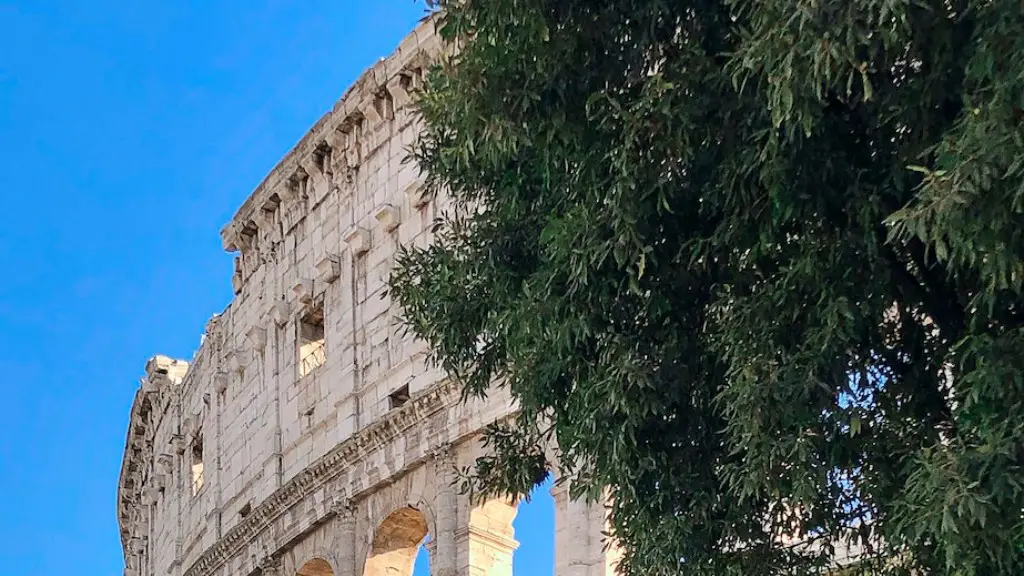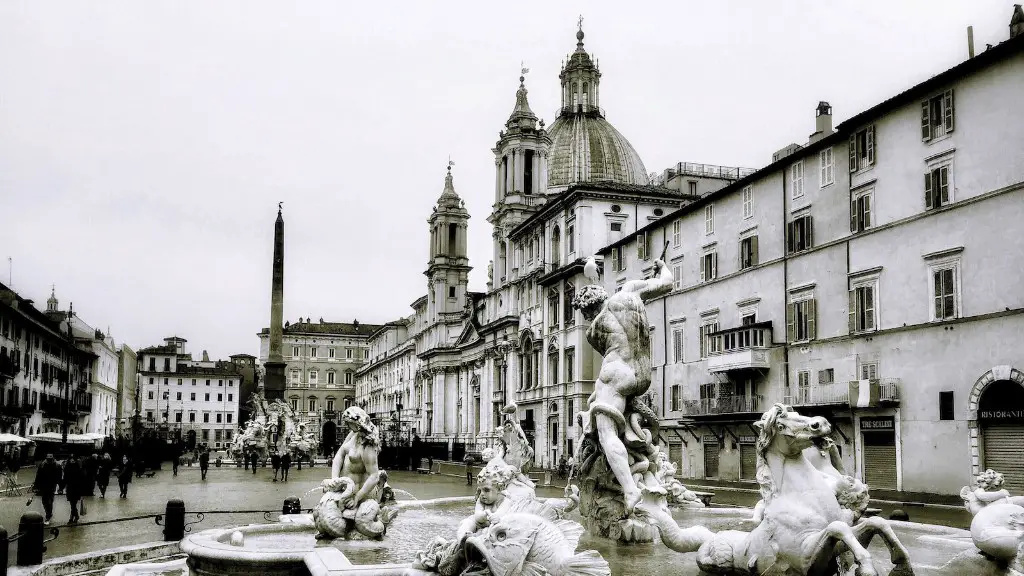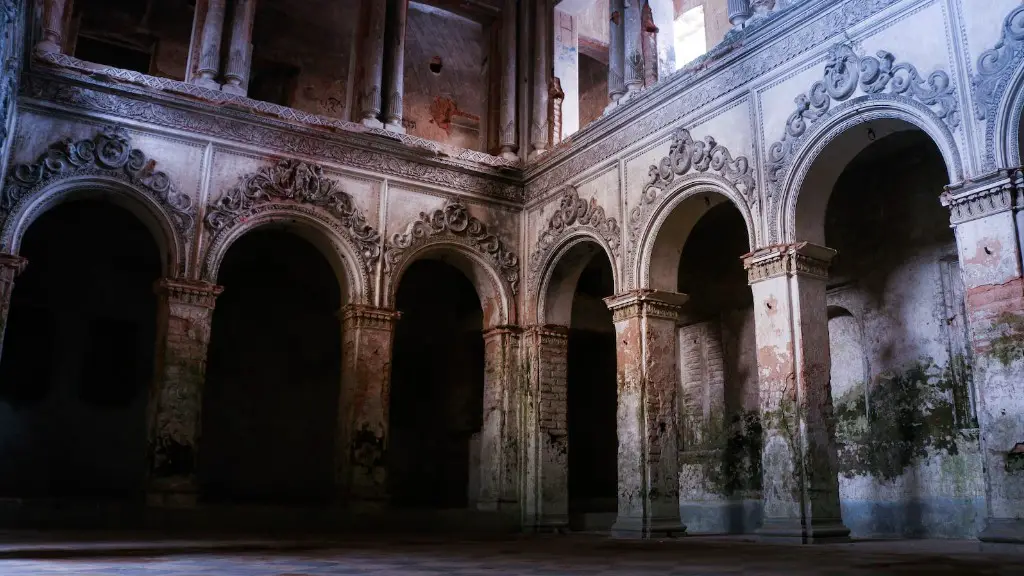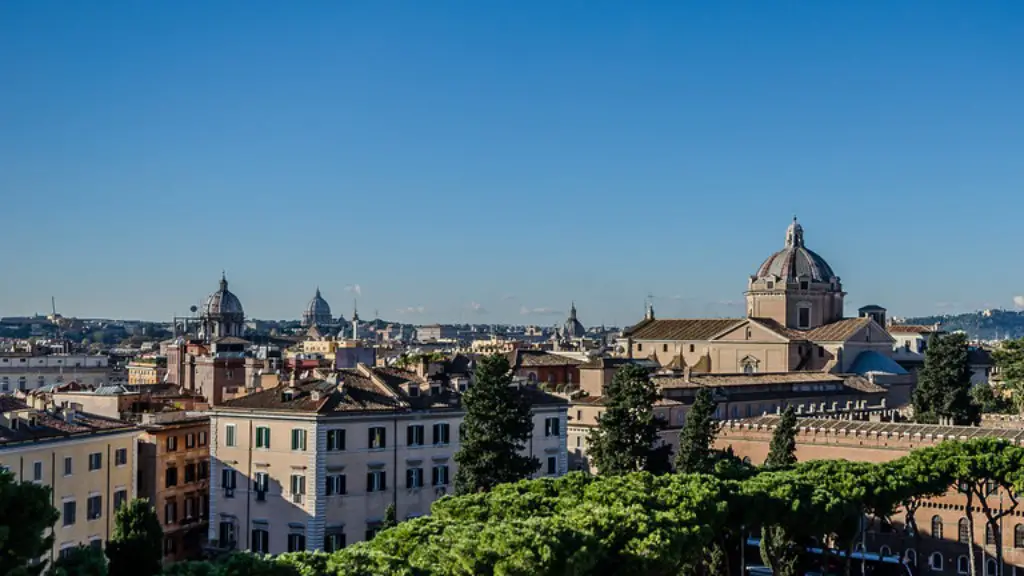The history of the Circus Maximus of Ancient Rome stretches over a thousand years, and the vast arena encapsulates the culture of the time. Built on an ancient swamp near the Tiber River, the Circus Maximus was used for games, competitions, and festivals in honor of Rome’s gods and goddesses. It was also used for processions and chariot races as part of the Roman Empire’s religion and entertainment. The Circus Maximus was the largest stadium ever built in the Roman Empire and was among the most important aspects of everyday life in the ancient city until it fell into disrepair after its decline.
The construction of the Circus Maximus began in the sixth century BCE and was part of the religious agenda of the state. Spectacles such as chariot races held in arenas featured prominently in the Roman cult of the gods and these events attracted large crowds. The level site meant that large numbers of spectators could be comfortably accommodated, so the size was chosen to accommodate a maximum number of participants as well as spectators. It extended over 600 meters in length and 200 meters in width and could hold up to 250,000 people with ease. The massive purpose-built stadium had three tiers of bleachers, terraces, and seating along each side.
Chariot racing was the most popular event at the Circus Maximus as it was seen as a form of entertainment as well as a religious ritual. Races typically featured teams of four horses pulled by their drivers, called charioteers, who were held in such high esteem that the emperor himself would often attend these events. Roman emperors also held chariot races to honor their ancestors or to celebrate victories in war. The chariot races would also be just one part of a whole days’ festivities, with other events taking place simultaneously, such as dramatic performances, theatrical performances, and gladiatorial contests.
In addition to chariot races, the Circus Maximus was also used as a venue for chariot processions. These processions could be held to honor a fallen leader or to celebrate a victory. During the processions, citizens would carry images or statues of the emperor or gods through the streets and display them at the circus. These processions were essential for the Roman Empire, as the emperor was seen as a divine exam and divine worship was necessary for the stability of the state. This made the Circus Maximus a very important place in Ancient Rome.
The games at the Circus Maximus also provided a way for the emperor to reward deserving citizens and appease the gods. Citizens that displayed exceptional skill or bravery during battle would be rewarded with public recognition during a ceremony at the Circus Maximus. The emperor and other officials would often watch the games from their royal box and reward the participants with money and prizes. The length and frequency of games would depend on the emperor and could go on for days and weeks, making it one of the major attractions in all of Rome.
Influence on Society
The Circus Maximus held a great deal of influence over Roman culture and society, both in terms of politics and religion. The games and events held were seen as a way for the emperor to display his power, as well as to honor the gods and reward citizens for their loyalty and courage. It was also a place of education, with many of the games providing ways to learn about different topics such as history, literature, and science. Finally, it was also seen as a place of entertainment, with its various events drawing large crowds and proving a source of joy and relaxation for the people of Rome.
The events held at the Circus Maximus were so popular that they had a lasting influence on world culture. For example, the chariot races are said to have inspired the modern motoring sport, as well as many popular action movies. The rituals of the Roman Empire also lived on in the form of Catholic ceremonial processions in which statues of saints would be carried through the streets. The ideas of reward for loyalty, strength, and courage also carry through to modern day, with sporting events often being used as a way to reward and celebrate athletic achievement.
Fate of the Circus Maximus
Though it was once the largest stadium in the Roman Empire, the Circus Maximus fell into disrepair after the decline of the Roman Empire. The stadium itself was slowly stripped of its grandeur and broken down to provide building materials for other projects. Eventually, the area was used as pastureland, though the grounds have sometimes been used for public executions and executions of prisoners during times of unrest. By the 16th century, no trace of the Stadium remained.
Though the Circus Maximus is gone, its legacy still remains. It is a reminder of the role sports and entertainment played in the culture of the Roman Empire and its influence on our own world today. Its games may have vanished, but the stadium itself still stands in memory of the past.
Architectural Layout
The layout of the Circus Maximus was designed to accommodate the large crowds that it attracted. There were four main gates that accessed the stadium from the surrounding city, as well as seating areas for both the would-be spectators and the animal and chariot drivers. The main arena was oval-shaped and featured long banks of earth raised from the ground, with a central spina flanked by two obelisks. Around the spina, the track for the chariots was marked with two raised borders thanks to the Veturalii. The ends of the racecourse were closed off with a barrier made of stone, called the kabre. The stadium also featured a grandstand located above the racecourse, with tiers of marble seating and boxes reserved for the higher classes of society.
Impact on Athletics
The games and events held at the Circus Maximus in Ancient Rome provided an important foundation for many of the sports and athletic competitions we see today. The chariot races in particular led to the development of racing activities such as horse and chariot racing, motorcycle racing, and even automobile racing. Furthermore, the processions led by Roman emperors inspired the development of public displays and parades, which can be seen today in events such as the Olympic torch relay and in pride parades held in cities around the world.
The games of the Circus Maximus also led to the development of team sports such as football, rugby, and basketball. As teams raced and competed against one another in the arena, the idea of team-based sports began to emerge. These sports took various forms over the centuries, eventually culminating in the sports teams that exist today in some form or another.
Legacy of the Circus Maximus
The Circus Maximus is a symbol of the grand scale and influence of the Roman Empire. It stands as a testament to the power of the emperor and the importance of the gods in Roman society. The games and events held in the stadium also played a major role in shaping the sports and athletics we know today. The legacy of the Circus Maximus lives on and its impact is still evident in modern culture and society.



